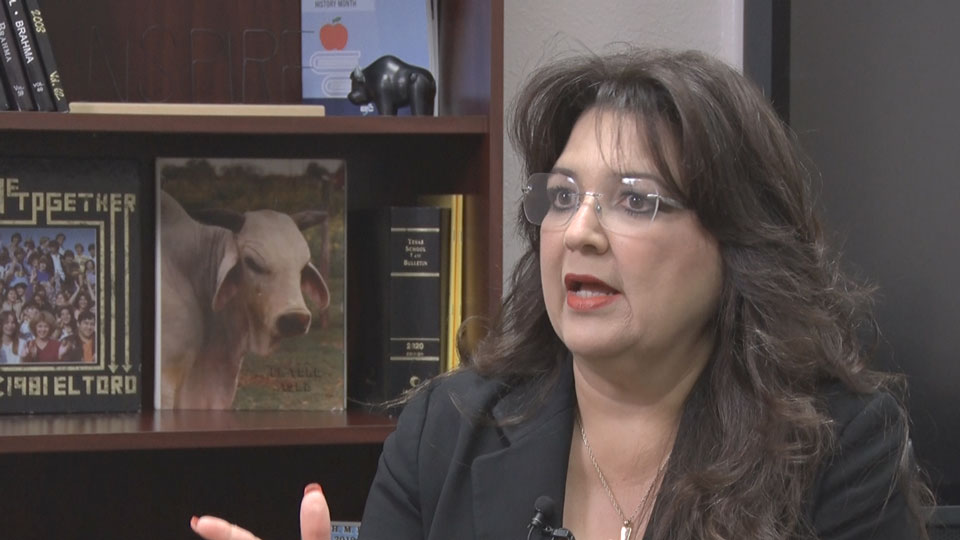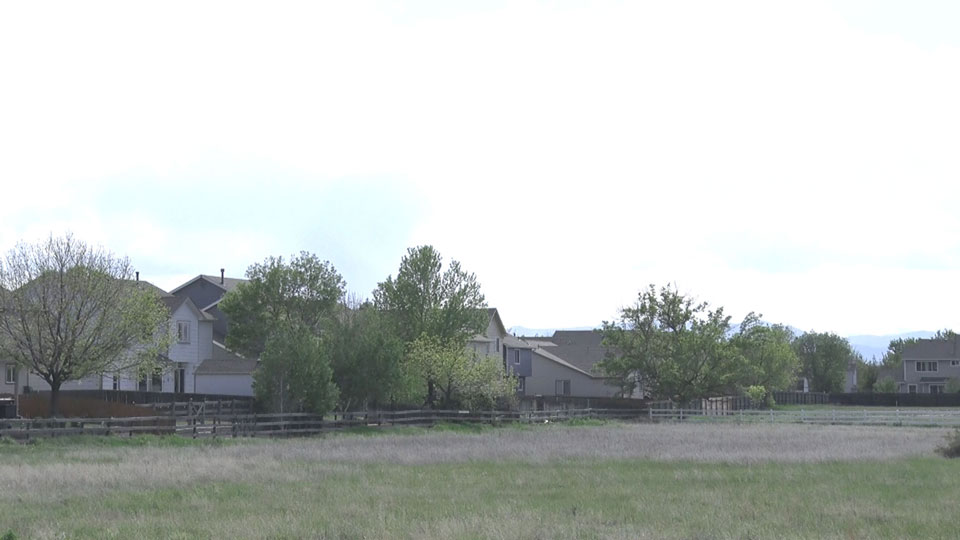School funding in the US is, depending on the state, provided through city, county, and state property taxes — a scheme that tends to leave rural, low-population areas with less money. Typically, financing is a common reason for districts to make the decision to shorten their week, but Superintendent Chris Feidler of District 27J in Colorado tells NHK that changing schedules does not, in fact, save very much money. Instead, it has a different benefit.
"We've been able to attract teachers," he says. "We hire between 150 and 200 teachers a year because we're growing so quickly. And as I go around and talk to folks, there are many, many couples, married couples, who maybe live somewhere else in the country. And they've always wanted to live in Colorado. So we say our little slogan is, 'Give 27J four days a week, and give Colorado the rest.'"

Cecilia Reynolds Pere, the superintendent in Kingsville, southern Texas, echoed those sentiments.
"For the past two years, we have struggled to get agriculture teachers once one retired," she said. "So we've had a long-term sub and didn't have candidates. Right after we adopted the new calendar, we had eight quality candidates apply for that position. That was huge. So for the first time in these two and a half years, we had a difficult decision choosing the right person because there were many qualified candidates."

When people move out of rural areas in the US, it reduces the number of taxpayers and can bring down property values, which in turn leads to less money for schools. Rural districts that adopt four-day weeks find themselves locked in a spiral: If their funding drops, the value of property in the district may decline further, creating additional pressure that pushes people out. In the end, a drastic decision may be required. District 27J resorted to four-day weeks after years of failing to raise taxes or bonds to increase their funding.

How they do it
When a school district changes to a shorter week, it is sometimes a matter of simply removing a day. Most states require students to participate in a minimum amount of classroom time over the course of a calendar year, so a four-day district may have to lengthen the days that school is in session — for instance, going from six in-class hours per day to seven. Teachers in these districts have reported that they like this change because they get to spend more time on each lesson per day, and they feel less rushed and have more time for their students. On the other hand, some districts have simply removed a day of instruction without making any further changes.

A major problem, though, is what working parents can do on the day off. The Kingsville ISD in Texas has allocated Fridays as voluntary attendance days for students to work on projects or receive tutoring. The district is also running age-appropriate daycare programs open to all students. For instance, younger children can take swimming lessons while older ones are assigned to jobs as lifeguards. The superintendent has also recruited dozens of community members to run extracurricular programs to not only occupy the students, but also provide alternative lessons. This is an unusual measure because not all school districts have the resources or the leadership to provide such levels of support. Students in Colorado reported that they have learned better time management and enjoy the additional time to work on their homework, play sports, and pursue personal interests.

Opposition
There has been some pushback. In Missouri, Democratic State Senator Doug Beck has introduced bills to ban the practice. In Texas, Republican State Senator Donna Campbell introduced her own ban. In Oklahoma, the state requires schools to hold 165 days of classes. The provision does not completely prevent four-day weeks, but it does make them more difficult to carry out. The most efficient way to fulfill that requirement is with the traditional five-day schedule.
Districts that adopt (or even propose to adopt) four-day weeks also experience pushback from parents. Some are simply used to the traditional schedule; others worry that their children's learning will suffer, or that the longer days are hard on them.
"The expectation is that they are going to be in school way too long," said one parent, Jodi McClellan of Kingsville. "And that's also a worry, too, because I have two young kids who are eight and ten."

Academic researchers bear out these feelings.
"A lot of schools here in the US switched to four-day school weeks, and in doing so cut instructional time out of the week to facilitate that," says Thompson of Oregon State University. "And those cuts in instructional time kind of match up really well with the achievement declines that we see."
Thompson and other researchers have found that, on average, four-day school weeks do not boost student achievement; in fact, it is more likely for achievement to suffer from the schedule change. The idea that shorter weeks help teacher retention is also under dispute.
The new paradigm
It is very hard to come to definitive conclusions about the efficacy or trade-offs of four-day school weeks. No one even knows how many school districts and students are on this schedule.
However, we can use the stories that we do have here to learn what we can. The experiences that NHK has collected point to the fact that, as in the cases of Kingsville and District 27J, the most important thing may not be the schedule but the ability of the educators and the community to stay engaged with their students. This would also suggest that there is room in learning to experiment with different approaches, including schedules.
If more districts like 27J and Kingsville can produce good results for students, four-day school weeks might continue to spread. If Americans continue to move away from rural areas, those school districts will continue to suffer from funding problems and may be pushed to change their schedules. It is also possible that Americans who object to this practice will work to prevent it. Only time will tell.

